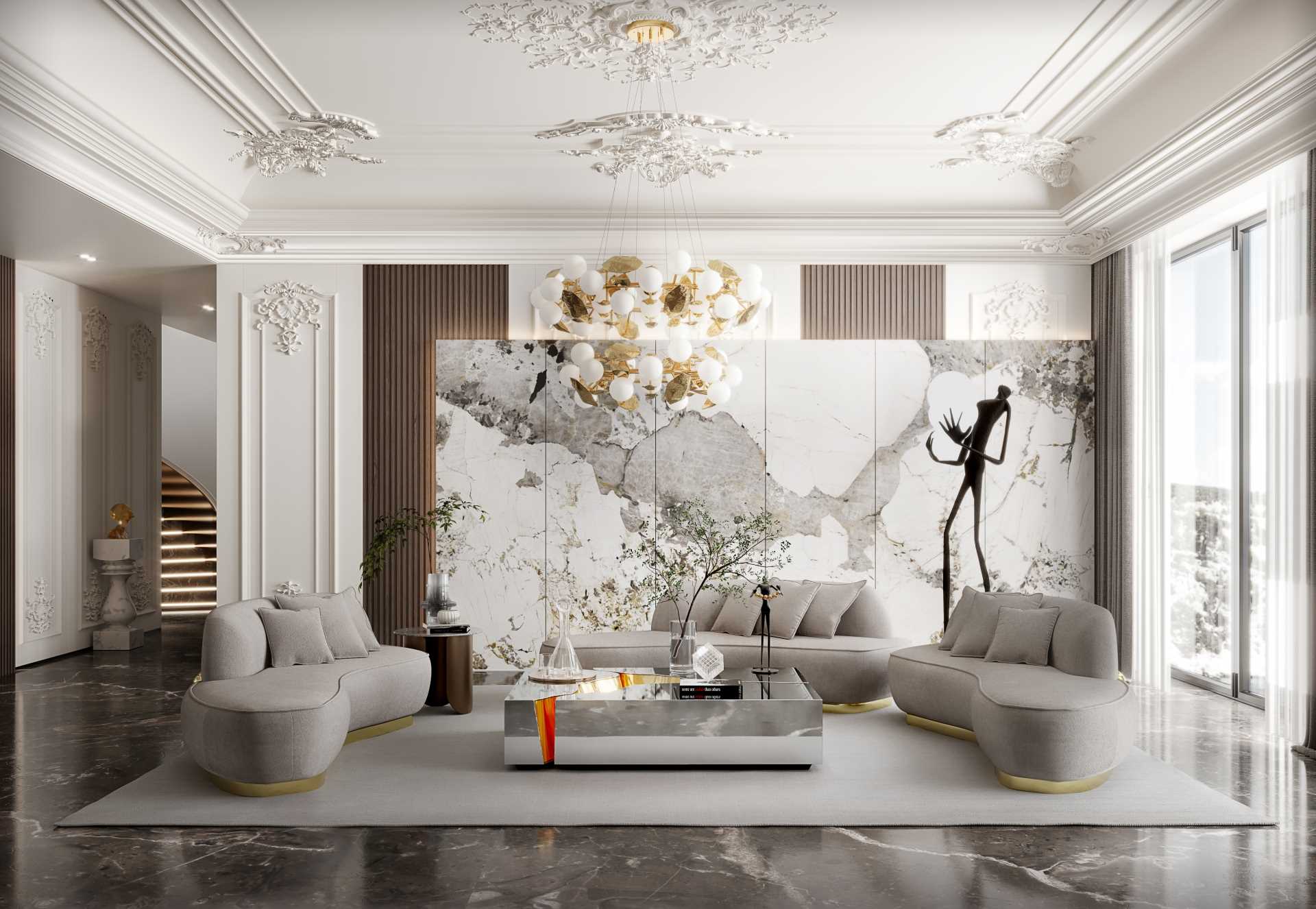Interior: Creating a sustainable living space with eco-friendly design choices.
The shift towards sustainable
practices in interior design is not just a passing trend but a pressing need.
In a world where environmental responsibility, resource efficiency, and
improved indoor comfort and well-being are crucial, your role in creating living
spaces that prioritise these factors is more important than ever. Let us look at sustainable interior design
principles, exploring new approaches and strategies. By gaining this knowledge, you will be empowered to craft attractive and environmentally friendly
spaces, contributing to a more sustainable future.
Understanding
Sustainable Interior Design.
Sustainable interior design
minimises environmental impact, conserves natural resources, and improves
indoor air quality by considering environmental, social, and economic factors.
It improves occupant health, supports sustainable living, and helps combat
climate change by using eco-friendly materials, energy-efficient technologies,
and biophilic design principles.
One may ask: What are the
principles of sustainable interior design?
Choosing eco-friendly
materials is crucial in
sustainable interior design. These include recycled materials, reclaimed wood,
and low-VOC paints to minimise environmental impact and improve indoor air
quality. Cradle-to-Cradle certified
products made from renewable resources and upcycled furnishings help extend
product lifecycles and support sustainable manufacturing practices in the
design industry.
Energy efficiency and passive design strategies are essential components of sustainable interior design. By incorporating energy-efficient technologies like LED lighting and smart thermostats and using energy-efficient appliances, we can reduce energy consumption, lower utility costs, and support sustainable living practices. Passive design strategies like daylighting, natural ventilation, and thermal insulation improve indoor comfort and reduce the need for mechanical heating and cooling systems while also boosting building energy efficiency with passive solar heating and cooling. In many developed countries, LED lighting and environmentally friendly paints have become a norm and a must. All these contribute to reducing a hazardous environment.
Benefits of Indoor Air
Quality for Health.
Sustainable interior design
focuses on improving indoor air quality through using low-emission materials,
ventilation systems, and healthy building practices to reduce exposure to
harmful pollutants and allergens. This focus on health emphasises the importance
of prioritising the well-being of building occupants. Low-VOC paints, formaldehyde-free furnishings, and
HEPA filtration systems help improve indoor air quality and overall occupant
health. Biophilic design features like indoor plants and natural ventilation
help enhance air quality and overall health by promoting air circulation and
regulating humidity levels indoors.
Promoting conservation
and efficiency in the environment.
Sustainable interior design saves
water, energy, and materials using efficient building practices, responsible
material sourcing, and waste reduction strategies to minimise environmental
impact. Using energy-efficient lighting, water-saving fixtures, and sustainable
building materials like bamboo flooring
and recycled glass countertops helps
conserve resources, encourages sustainable living, and maintains ecological
balance in buildings. Sustainable interior design promotes caring for the
environment, adapting to climate change, and prioritising the planet's health
for future generations.
Economic viability and
long-term sustainability are essential factors to consider.
Sustainable interior design saves money, boosts property value, and improves marketability. These benefits help save money and provide a good return on investment for homeowners, developers, and building owners in the long run. Making energy-efficient upgrades, obtaining green building certifications, and conducting sustainable renovations increase property value, attract eco-conscious buyers and tenants, and showcase the building as a frontrunner in sustainable design and construction practices. This encourages the market to want green buildings, boosts the economy in sustainable industries, and helps achieve sustainable development goals by focusing on environmental responsibility, financial viability, and social equity in construction.
Smart home
technologies and energy management systems.
Smart home technologies like
automated lighting, smart thermostats, and energy management systems improve
energy efficiency, lower utility bills, and make sustainable living spaces more
comfortable and convenient for occupants. Apps, intelligent appliances, and
home automation systems help track energy use, encourage saving energy, and
promote sustainable living by prioritising conservation and environmental
sustainability. Sustainable interior design uses smart home technologies, IoT
devices, and eco-friendly building practices to create innovative living spaces
that reduce environmental impact and improve quality of life.
Advances in Eco-Friendly Interior Design
New technologies and creative
practices are essential for improving sustainable interior design solutions.
They encourage new design ideas and help more industries use eco-friendly
building techniques.
Promoting sustainable materials innovation and implementing a circular economy.
The circular economy model, a key concept in sustainable interior design, encourages using sustainable materials, recovering resources, and reducing waste to minimise environmental impact and support closed-loop manufacturing in the design industry. Sustainable interior design follows circular economy principles by prioritising resource efficiency, reducing waste, and promoting sustainable sourcing for building materials and furnishings. It finishes through practices like cradle-to-cradle design and material recycling. Sustainable materials like biodegradable textiles, upcycled furnishings, and bio-based polymers help achieve circular economy goals, green building certifications, and sustainable design practices in the design industry.
Design that connects
people with nature and promotes wellness.
Biophilic design and wellness
architecture focus on creating indoor spaces, prioritising occupant health,
well-being, and connection to nature. Sustainable interior design includes
natural light, plants, and nature views that improve cognitive function and
emotional well-being and foster community in homes and businesses. Wellness
architecture focuses on designing spaces that prioritise human needs and
promote physical comfort, mental well-being, and social connections among
people inside the building. Sustainable interior design focuses on creating
healthy and resilient living environments that prioritise the well-being of
occupants and communities.
A sustainable interior design is a
new way of creating living spaces that focus on protecting the environment,
improving the health of occupants, and encouraging sustainable living habits.
Sustainable interior design promotes environmental stewardship and resource
conservation using eco-friendly materials, energy-efficient technologies, and
biophilic design principles. It also supports global efforts in climate change
mitigation and sustainable development. Sustainable interior design works with
others, uses technology, and makes thoughtful design decisions to create
healthier, more eco-friendly living spaces that will last for generations.
Let's adopt sustainable design for a more eco-friendly and healthier future.
Photo: https://www.bocadolobo.com

